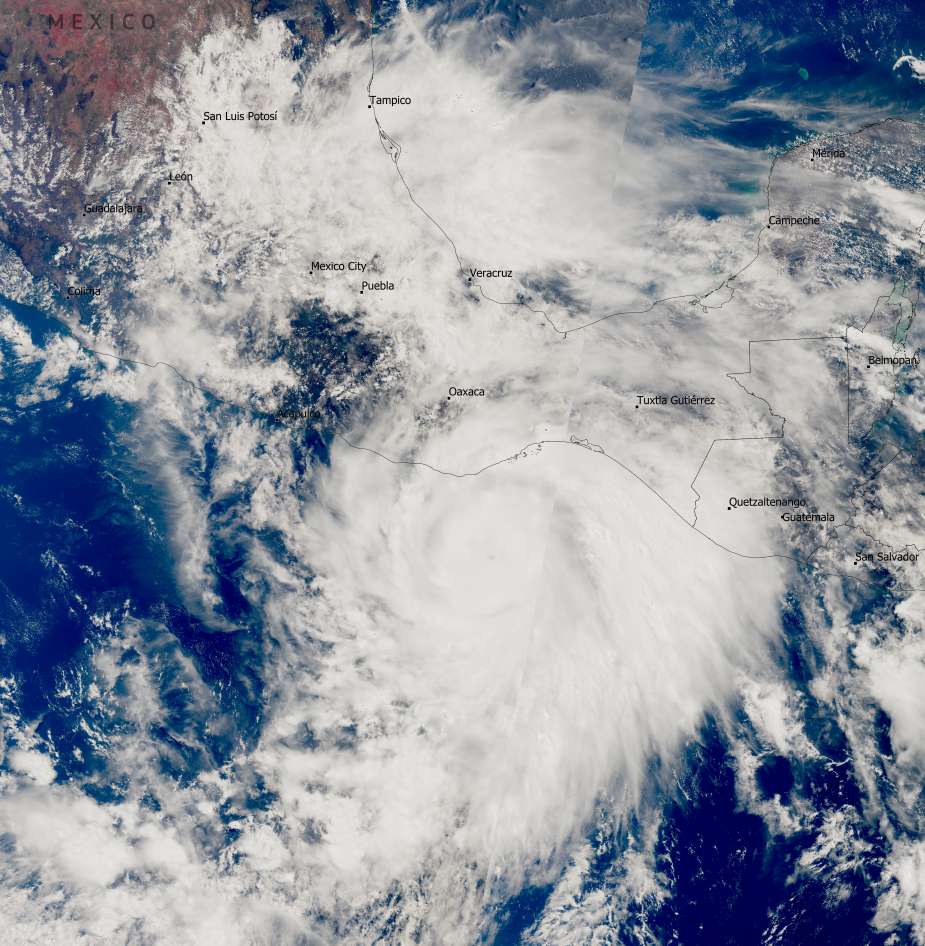The Ouarkziz crater in western Algeria is a striking remnant of an ancient meteorite impact. Formed roughly 70 million years ago, this well-preserved structure spans 3.5 kilometers in diameter and reveals concentric rings of deformed sedimentary rock layers — hallmarks of its violent origin. Erosion over time has exposed its inner geology, making it a valuable site for studying impact processes and Earth’s geological history.
Located near the Morocco-Algeria border, the crater was originally known as Tindouf. While erosion has softened its features, the circular outline remains distinct, particularly from space.

Astronauts aboard the International Space Station can identify it with magnification, and satellite imagery, such as that from the Copernicus Sentinel-2 mission, provides a detailed view of the structure.
A geological analysis of the region shows that the impact occurred after the sedimentary layers had formed, as the rock had to be present before the meteorite struck. Additionally, a stream channel cutting across the crater indicates post-impact erosion, illustrating the Principle of Cross-Cutting Relationships, a fundamental concept in geology.
This Copernicus Sentinel-2 image, acquired on 1 March 2025, highlights the crater’s distinct morphology. The Sentinel-2 satellites are instrumental in observing remote landscapes like this, offering crucial data for tracking environmental changes and studying Earth’s surface processes.
Featured image credit: European Union, Copernicus Sentinel-2 imagery



